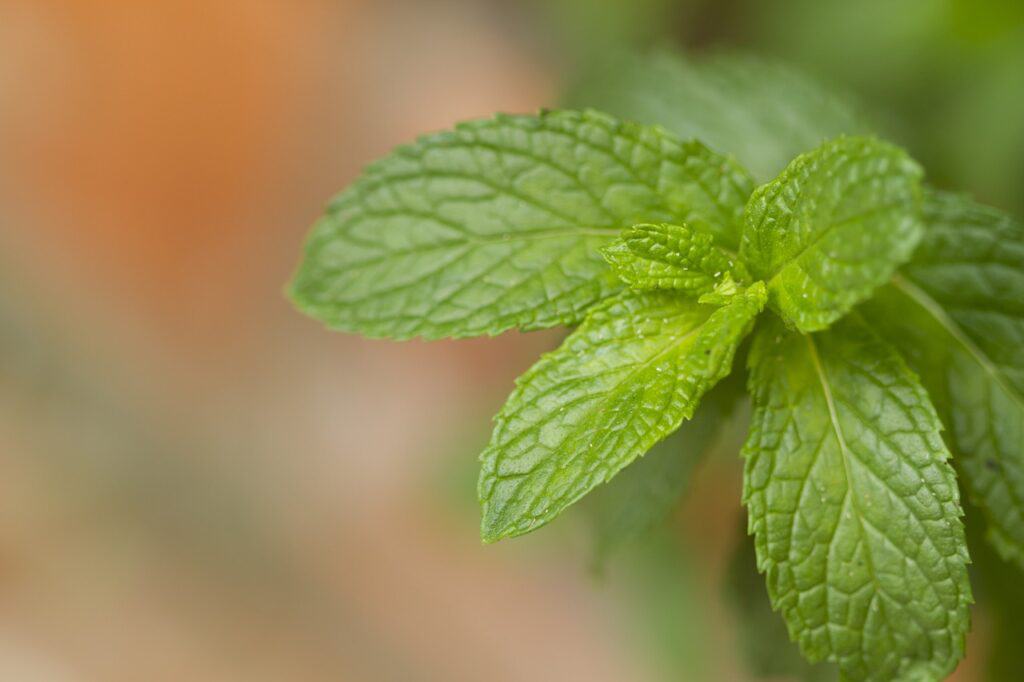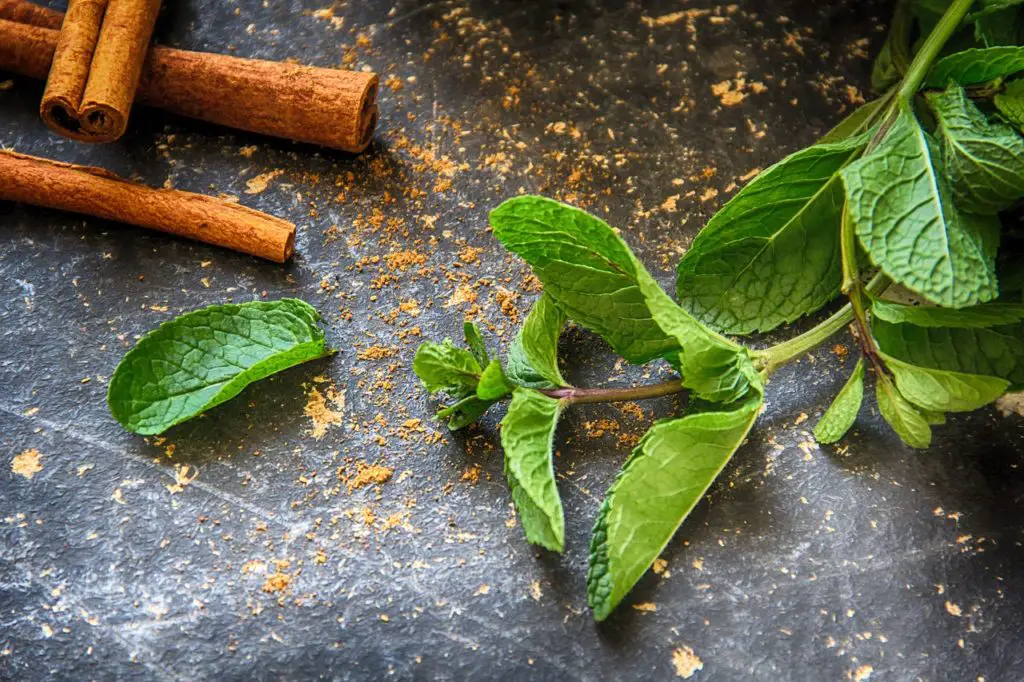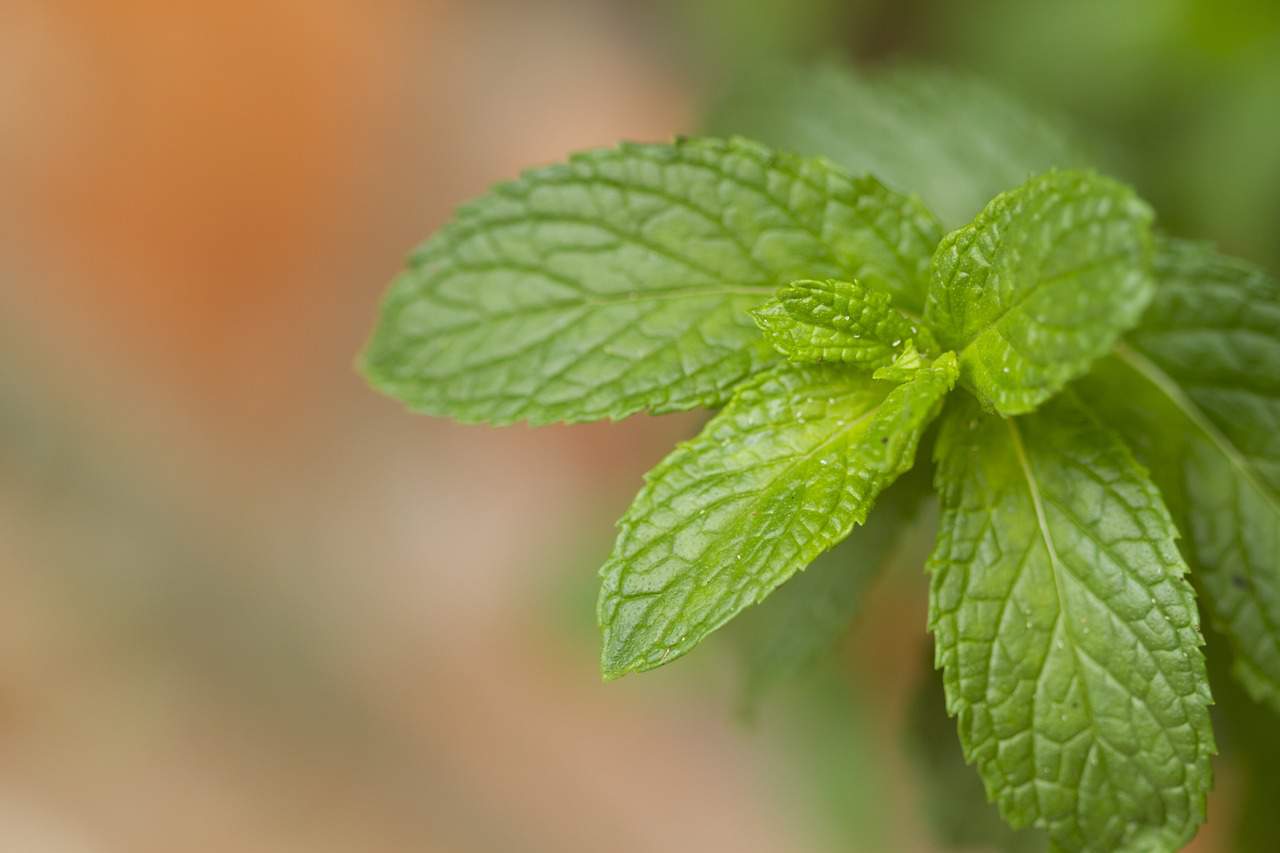Mint, a herb celebrated for its refreshing aroma and vibrant green hues, also comes in a palette of colors, each bringing its unique flavor and charm to the culinary world. Beyond the classic green, mint leaves can be found in shades of purple, variegated patterns, and even a peppery red. This article delves into the culinary uses of these various colored mint leaves, exploring their distinct tastes and applications in cooking. From traditional recipes to innovative gastronomic creations, the diversity of mint offers a rich tapestry of flavors and uses, extending far beyond its popular green variety.
Culinary Uses of Different Mint Leaf Colors
Mint leaves, known for their refreshing and invigorating flavor, come in a variety of colors, each lending a unique twist to culinary dishes. Green mint, like spearmint and peppermint, is commonly used for its bright, cool taste in everything from drinks to desserts. Purple mint leaves, with their stunning hue, make an eye-catching garnish and add a slightly milder minty flavor to dishes. Variegated mint varieties, such as pineapple mint, combine aesthetic appeal with a subtly different taste, offering notes of fruitiness in addition to the traditional mint flavor. These different colors not only enhance the visual presentation of dishes but also provide a range of flavor profiles to play with in the kitchen.

Medicinal Uses of Mint Leaves
Mint leaves have been used for medicinal purposes for centuries, owing to their health benefits and therapeutic properties. Peppermint, for instance, is renowned for aiding digestion and relieving symptoms of irritable bowel syndrome (IBS). It also has antispasmodic properties, which can soothe stomach aches and cramps. Spearmint, on the other hand, is known for its milder effects and is often used to alleviate nausea and improve memory. Beyond these, different varieties of mint have been used in herbal medicine to treat conditions like colds, and headaches, and even as a mild sedative. Their antimicrobial and anti-inflammatory properties make them a versatile tool in natural medicine.
Which Mint is Best for Tea
When it comes to brewing tea, the choice of mint can significantly influence the flavor and therapeutic benefits of the beverage. Peppermint is a popular choice for its strong, refreshing taste and digestive benefits. It makes a robust, invigorating tea that can be enjoyed both hot and cold. Spearmint, with its milder flavor, is ideal for those who prefer a gentler mint tea. It’s also a great choice for blending with other herbs or for making Moroccan mint tea. For those looking for something different, chocolate mint offers a unique twist, combining the refreshing taste of mint with subtle chocolatey undertones.

Types of Mint and Their Uses
The mint family is diverse, with each type offering unique flavors and uses. Peppermint, known for its intense flavor, is widely used in confectionery, gums, and toothpaste. Spearmint, with its milder taste, is preferred in culinary dishes, salads, and drinks. Apple mint, characterized by its rounded leaves and subtle apple-like aroma, is excellent in fruit salads and jellies. Chocolate mint, as the name suggests, combines mint and chocolate flavors, making it ideal for desserts and hot drinks. Pineapple mint, with its variegated leaves and fruity scent, adds a unique twist to cocktails and fruit dishes.
Related FAQs
Q: Can mint leaves be used in weight loss diets?
Mint leaves are low in calories and can aid digestion, making them a good addition to weight loss diets, especially in the form of tea or as a flavor enhancer in low-calorie dishes.
Q: How can I store fresh mint leaves to retain their color and flavor?
To preserve their color and flavor, store fresh mint leaves in a damp paper towel inside a plastic bag in the refrigerator.

Conclusion
The world of mint is as colorful as it is flavorful. With each variety of mint leaf bringing its distinct color and taste, the culinary possibilities are endless. From the intense and bold flavors of peppermint to the subtle and decorative touches of variegated mints, these herbs add depth and dimension to both traditional and innovative recipes. Understanding the unique characteristics of each type allows for creative and effective use in both cooking and medicinal applications, making mint a truly versatile and indispensable herb in the kitchen.

